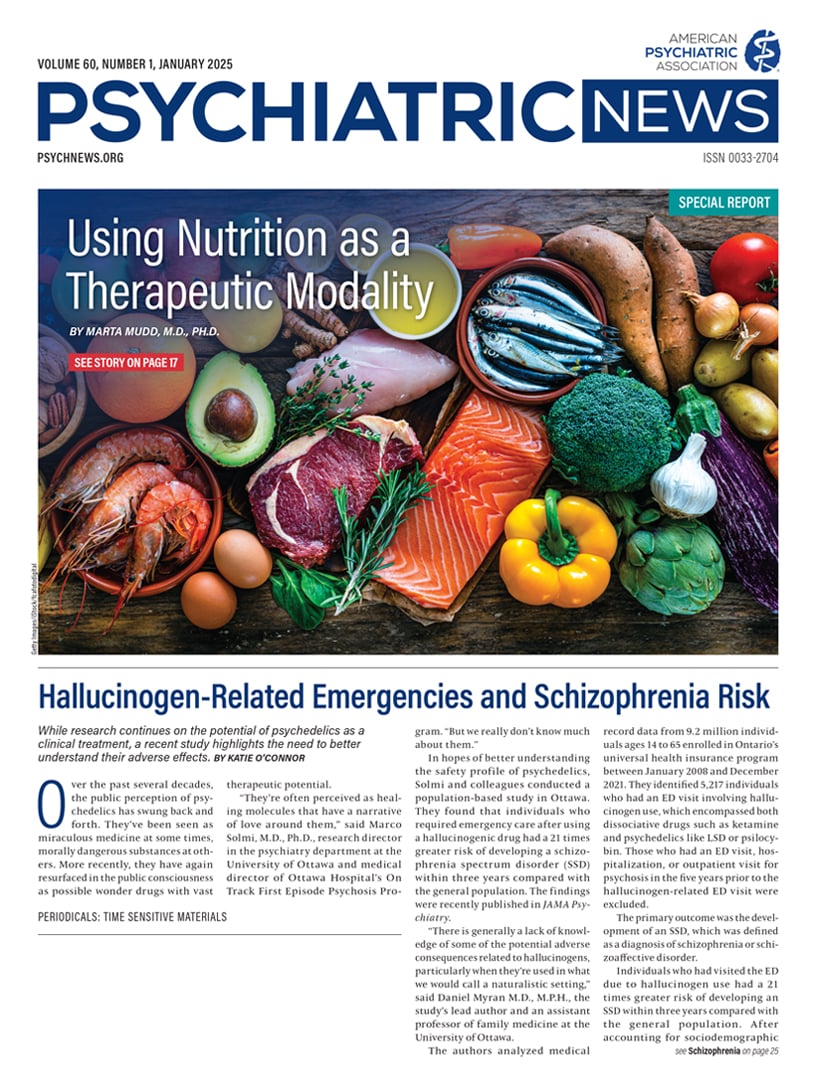Sleep and dreams carry out what may well be the most sophisticated functions that the human brain performs,” Robert Stickgold, Ph.D., a professor of psychiatry at Harvard Medical School and founder of the school’s
Center for Sleep and Cognition, said recently at the 2024 Nobel Conference at Gustavus Adolphus College in Saint Peter, Minnesota, where the theme was “
Sleep, Unraveled.”
In our sleep and dreams, Stickgold said, “we build a model of ourselves and the world that provides clues to the course of our future and, by shaping our autobiographical memory, creates meaning within our life.”
Stickgold was one of seven experts in neuroscience, psychology, medicine, and philosophy who spoke at the conference—the only academic event in the United States authorized to use the Nobel name. The Nobel Conference annually invites leading specialists in their fields to address pressing scientific issues and the ethical questions they pose. This year’s speakers explored the nature of sleep, why and how the United States studies sleep, sleep across the lifespan, and sleep’s social and cultural implications, including its contribution to mental health.
Sleep Enhances Learning
In a series of studies conducted over decades, Stickgold and colleagues have shown that sleep improves a variety of bodily functions, from motor skills to complex brain tasks.
Participants in a motor skills study, for example, practiced typing a number sequence, 41324, with their left hand as quickly and accurately as they could. They typed for 30 seconds, paused for 30 seconds, and typed again, for about 12 minutes. Initially, most typed about 14 sequences in the allotted time. After about four trials, they managed 23 or 24 sequences and then plateaued. Some trained in the morning and others in the evening. Time of day did not alter performance.
When tested 12 hours after their learning session, however, those who trained in the evening and slept overnight between tests performed 15% to 20% faster and more accurately than they did when they finished their training. Those trained in the morning who remained awake until the testing session performed only one sequence faster in the evening.
“Those trained in the morning haven’t lost their skill,” Stickgold said. “After a night’s sleep, they will get the same improvement as those trained in the evening.” This type of learning is sleep-dependent, not time-dependent, he noted. It’s correlated with the amount of light stage 2 non-rapid eye movement (NREM) sleep people get in the last part of a night’s sleep.
In another study, participants viewed 72 slides, all of them involving a background scene and a central object. In half the slides, the central object was a neutral, banal object, while in the others, it was a car crash, a dead animal in the road, or other emotion-arousing scene.
Once again, the researchers retested participants trained in the morning or in the evening 12 hours after their learning session, showing them the original slides. People who slept before retesting had higher recall for the emotional objects.
“This is where our autobiographical memory comes from,” Stickgold said. “We remember the emotional cores of events. Sleep separates the emotional from the unemotional, while holding onto that emotional core. It lets neutral scenes and neutral backgrounds fade away.”
Different stages of sleep serve different functions in memory processing, Stickgold said. You need light stage 2 NREM sleep to improve motor tasks like typing, REM sleep to process a large amount of data, and, if you’re trying to memorize words, such as irregular French verbs, deep, slow wave sleep (stage 3 NREM) is critical.
Dreaming benefits both memory and creativity, Stickgold said. He cited another study where researchers trained people to navigate a virtual three-dimensional maze. Participants who dreamed about the maze showed dramatic improvements in their ability to find the exit the next day. Dreaming occurs in both REM and NREM sleep, Stickgold said, and may have different functions over the night, such as tagging memories that need processing or providing insight into old memories that might be useful to understand our current situation.
Teens and Adults Need More Sleep
In a session on sleep across the lifespan, Mary Carskadon, Ph.D., a professor of psychiatry and human behavior at the Alpert Medical School of Brown University and director of its Center for Sleep and Circadian Rhythms in Child and Adolescent Mental Health, focused on adolescents.
In research starting in the 1970s, Carskadon found that most adolescents need eight to 10 hours of sleep every night for optimal classroom performance and mental and physical health. She also discovered that changes in the brain at puberty push adolescents to stay awake until 11 p.m. or later and sleep until 8 a.m. or later, if undisturbed. These findings prompted the American Academy of Pediatrics, the AMA, and other groups to urge middle and high schools to start classes at 8:30 a.m. or later.
Insufficient sleep for adolescents has many adverse consequences, Carskadon said. These include lower school performance and higher rates of depression and suicidality; automobile crashes; use of caffeine, alcohol, tobacco, and illicit drugs; and other risky behaviors.
Insufficient sleep is common in U.S. adults as well, said Marishka Brown, Ph.D., director of the National Center on Sleep Disorders Research at the National Institutes of Health. The
CDC reports that about four of 10 U.S. adults ages 45 to 64 years average less than the recommended minimum of seven hours of sleep per night. Adverse consequences include higher rates of depression, heart attacks and stroke, obesity, diabetes, and overall mortality. ■

